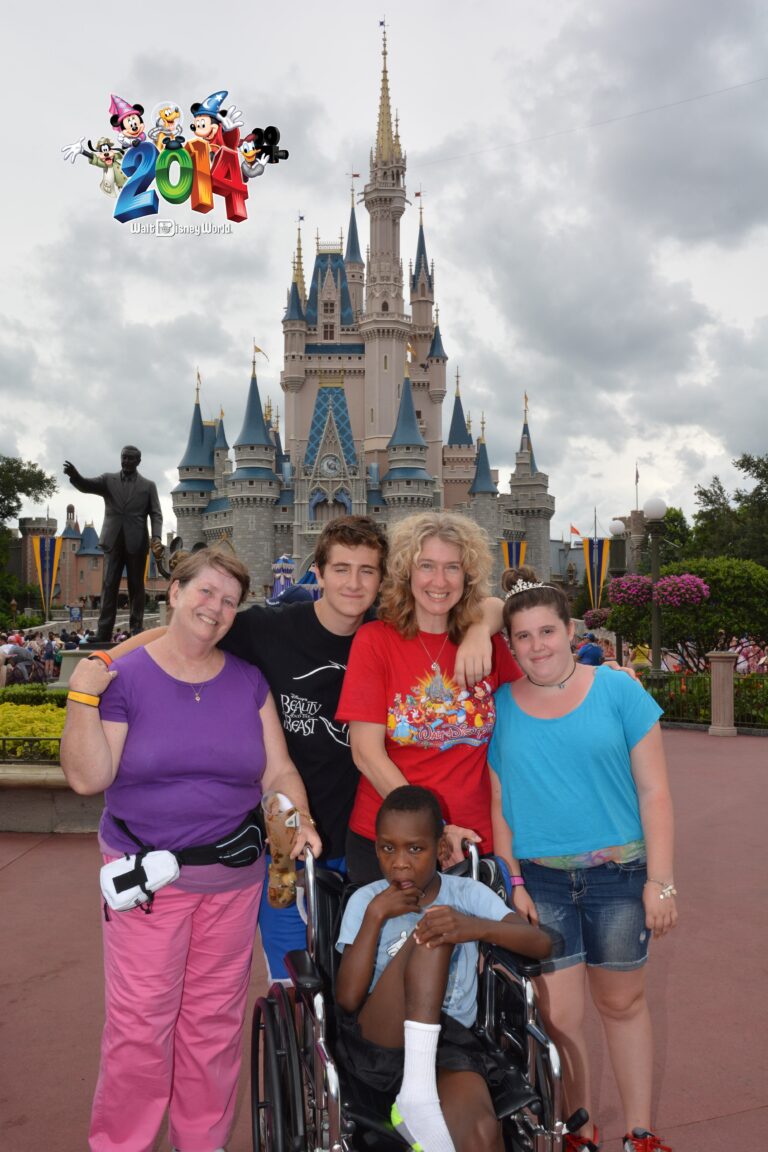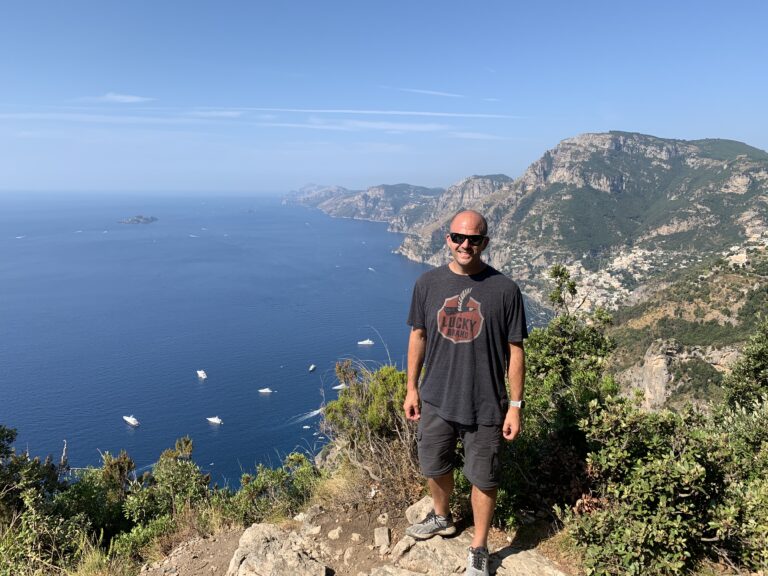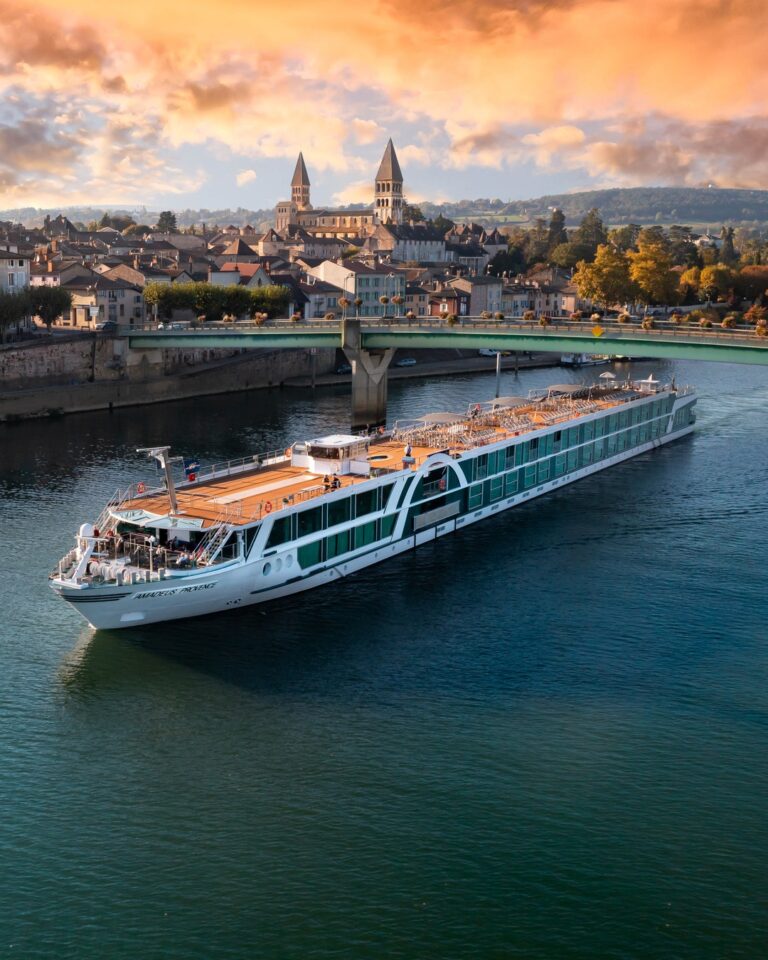Overview
Introduction
Located southeast of Nuremberg, on a bend of the Danube River, Regensburg, Germany, is a beautifully preserved medieval city.
It was home to the Holy Roman Empire's Imperial Diet from 1663 until Napoleon dissolved the Empire in 1806. See Dom St. Peter, a Gothic cathedral (with impressive stained glass) and the house at Keplerstrasse 5, where the astronomer Johannes Kepler lived, which is now a small museum.
Near the train station is the Thurn and Taxis Palace of St. Emmeram, a wonderful former Benedictine monastery. Cross the 12th-century Stone Bridge and spend time walking through the streets around the Old Town Hall—notice the fine houses of the old noble families. You should allow at least half a day there, but spend more time if your schedule permits.
From Regensburg, boats head upstream to Kloster Weltenburg, a baroque masterpiece built in 1718. The monastery is located on a particularly scenic stretch of the Danube and is popular for its idyllic beer garden. The beer served there is produced in the monastic brewery, which was founded around 1050 and is therefore the world's oldest.
Not far from Regensburg is the Altmuhl River in central Bavaria, a tributary of the Danube. The Altmuhltal Nature Park is popular with hikers and cyclists, and its network of footpaths has linked the area's villages for centuries. You'll pass Roman ruins, prehistoric caves (near Kelheim), medieval castles and walled towns (Berching). The trail is scenic, winding along limestone cliffs and down the banks of the river, which connects a chain of pretty lakes and camping sites along the Altmuhl River between Pappenheim and Kelheim, centered on the baroque university town of Eichstatt.
Location
Cruise ships dock near the old stone bridge, which is a must-see landmark close to the city center. The medieval town square and narrow streets make this city extremely pedestrian friendly.










































